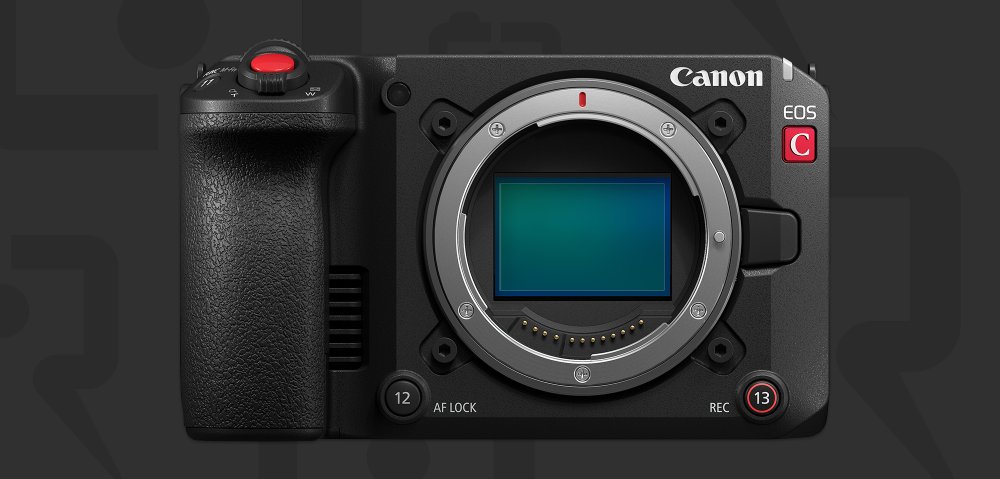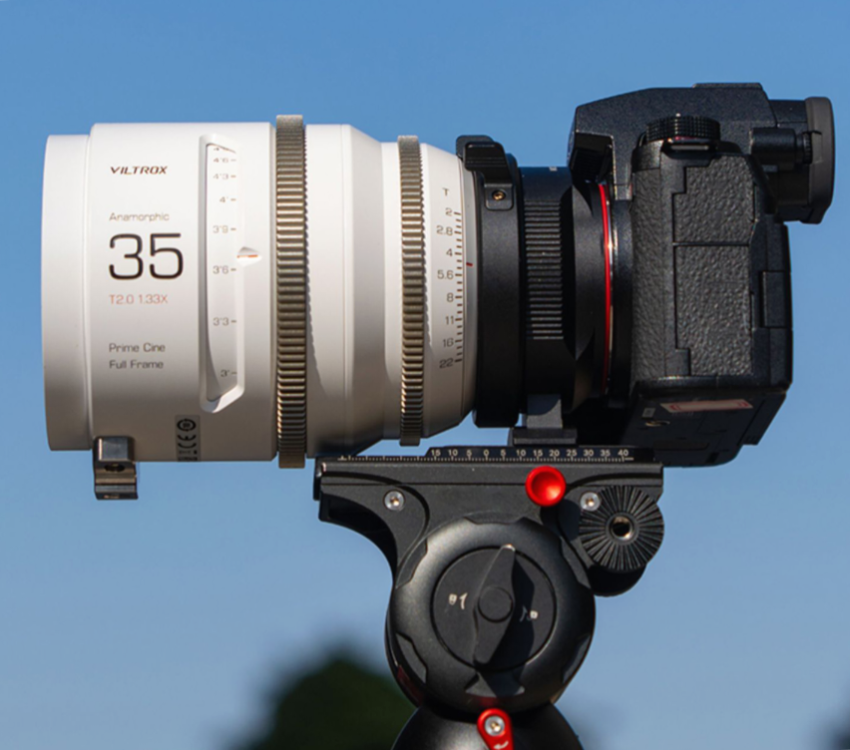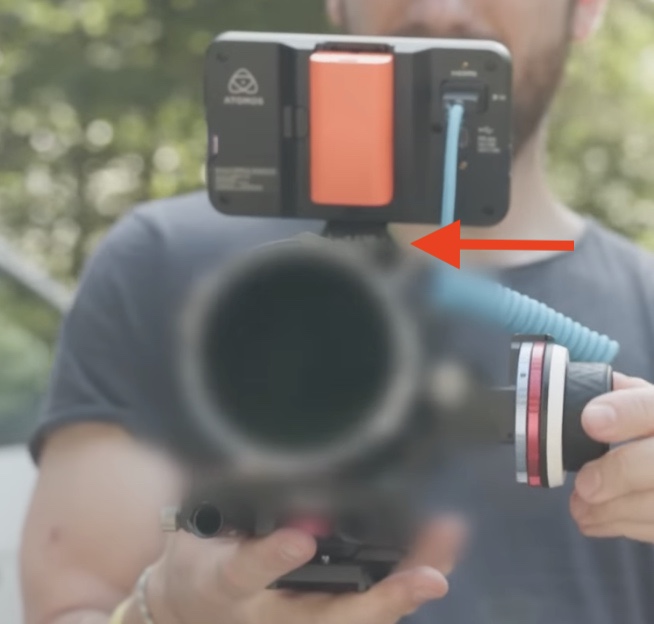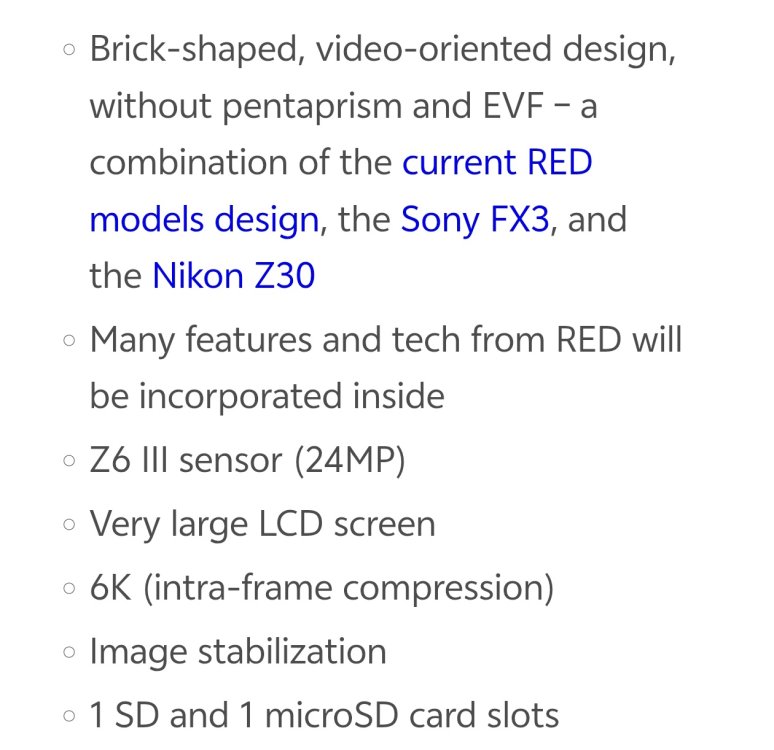
ND64
Members-
Posts
1,020 -
Joined
Content Type
Profiles
Forums
Articles
Everything posted by ND64
-
-
If it can do 60fps at 16:9, max burst should have been higher than 40fps. I guess video is 12bit read out.
-
For a fraction of a happy second I thought thats SDI. Nope, we're not there yet.
-
-
PhotoRumors says its a new Lumix. And he's right. They guy was intentionally not good at blurring photos. So it wasn't ZR. S7 with S1ii sensor maybe? Ironically SD/microSD configuration makes more sense for this camera.
-
But they need to have a low end body after all. I'm pretty sure ZV-E1 sells more than FX3.
-
RED raw was never in the rumored specs. It was "RED tech", whatever it means.
-
No, but Canon isn't competing with itself.
-
Remember Nikon 1 system? That was also crippled by microSD. Its a Nikon tradition.
-
Car wobble can be prevented by IBIS lock. Most of the heat comes from CPU and CFe cards, not sensor.
-
And nobody believes that with a microSD card. But it's completely ok to be Z30 with full frame sensor.
-
There is no drawback to have IBIS and not using it.
-
Now they say there is no IBIS.
-
Yea, Z30 mentioned in the rumor since the first day it appeared was a sign of what was to come.
-
Just saw this ebay find in his blog. That would be $8600 today. Canon R1 is now $6400 after tariffs. Even Trump gov is not greedy as 2013 Canon.
-
They don't even let you change the broken front glass of the 360 camera, then tell their army of YouTube influencers to say its not a big deal. With either mount, winning the heart and brain of professionals is very hard. I end this discussion here cause we're way off topic under a Canon thread.
-
The difference being DJI don't want to be another player with 5% market share.
-
It would be funny while everybody talks about DJI camera rumors, Viltrox introduce a video camera with L mount. It makes sense from their perspective. They don't compete in still photography at first, to keep the Japanese owners of RF/E/Z unconcerned. But in cine/video, would target Panasonic and BMD.
-
In both cases the market was nominated by just one brand, and both market was a growing market. Full Frame ILC market is an oligopoly of three major brand, with almost no growth. Its even worse situation than when Samsung tried to enter APSC market.
-
They have enough money to outsource lens making to a domestic company like Viltrox. I didn't say they would release a camera with DL mount. I think they're not interested to enter this market at all. The entire ILC market is 6 million units per year, and L mount is a small part of that small market. But if, for whatever reason, they want to enter this market, they should stick with their own mount. Otherwise that would send this message that they don't believe in their own system.
-
Ooppsss... Sorry Andrew, please delete double posts.
-
Nikon is currently supporting RF mount with RED cameras, it doesn't mean they will make a RF mount mirrorless camera. In every transition process, support for non native mount makes sense; but its only a transition. If the ultimate goal wasn't to fully committed to their own mount, they wouldn't make it at the first place. There is also the Japanese side. Why you take their permission for granted? Why they should license their mount to a Chinese giant with billions of dollars of R&D? They can eat Panasonic for breakfast.
-
Nikon is currently supporting RF mount with RED cameras, it doesn't mean they will make a RF mount mirrorless camera. In every transition process, support for non native mount makes sense; but its only a transition. If the ultimate goal wasn't to fully committed to their own mount, they wouldn't make it at the first place. There is also the Japanese side. Why you take their permission for granted? Why they should license their mount to a Chinese giant with billions of dollars of R&D? They can eat Panasonic for breakfast.
-
Nikon is currently supporting RF mount with RED cameras, it doesn't mean they will make a RF mount mirrorless camera. In every transition process, support for non native mount makes sense; but its only a transition. If the ultimate goal wasn't to fully committed to their own mount, they wouldn't make it at the first place. There is also the Japanese side. Why you take their permission for granted? Why they should license their mount to a Chinese giant with billions of dollars of R&D? They can eat Panasonic for breakfast.







